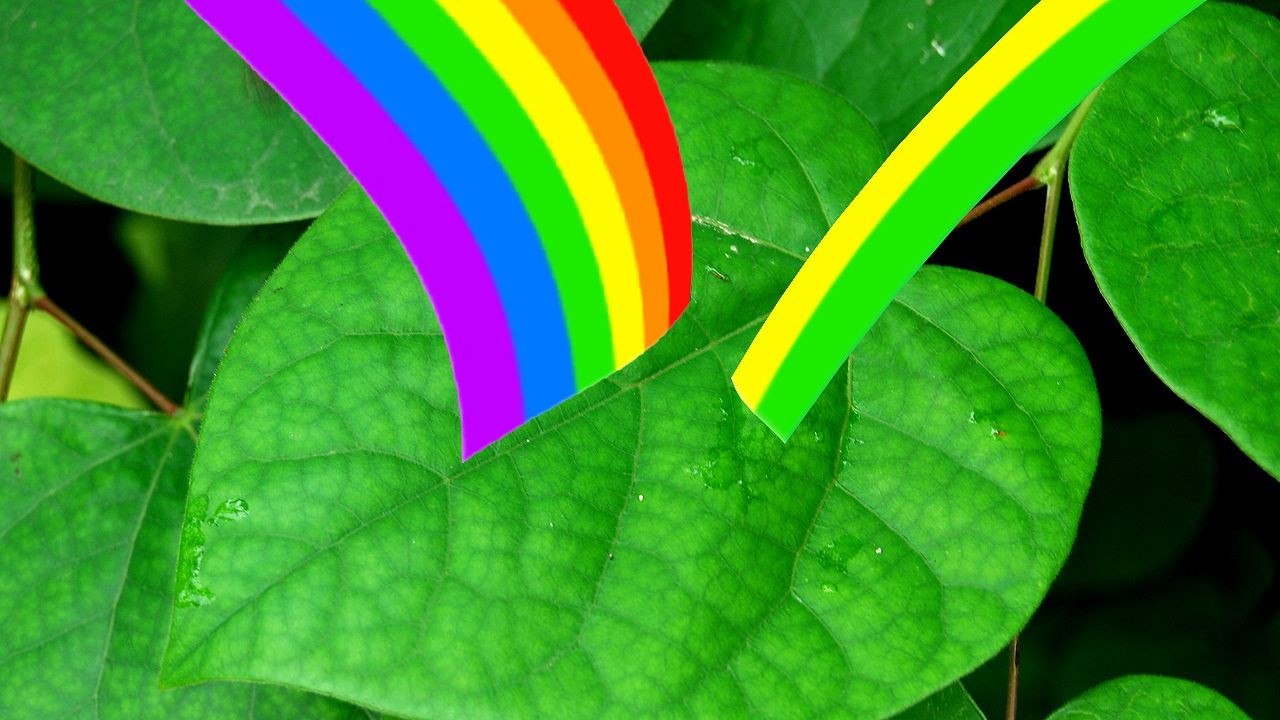Chlorophyll is fundamentally the most vital class of pigments involved in photosynthesis. This is the remarkable process that allows life as we know it to thrive by converting light energy into chemical energy. Through the synthesis of organic compounds, chlorophyll empowers organisms from towering green plants to microscopic algae and cyanobacteria to harness the power of light. Essentially, chlorophyll captures light energy, which is then instrumental in transforming carbon dioxide into essential carbohydrates – the very building blocks of energy for these life forms.
Chlorophyll isn’t a singular entity; it exists in various forms, each with a slightly different role. Chlorophyll a and b are the most prevalent types, dominating in higher plants and green algae. Chlorophyll c and d are often found alongside a in diverse algal species. Chlorophyll e is a rarer variant, present in certain golden algae. Interestingly, bacteriochlorophyll exists in specific bacteria, showcasing the diverse adaptations of photosynthetic life. In green plants, chlorophyll resides within specialized, disk-like units called thylakoids, which are housed in organelles known as chloroplasts. These chloroplasts are the powerhouses of plant cells, where the magic of photosynthesis unfolds.
The structure of a chlorophyll molecule is fascinating. At its heart lies a magnesium atom, encircled by a nitrogen-rich porphyrin ring. Attached to this ring is a long carbon-hydrogen chain, known as a phytol chain. The subtle variations in chlorophyll types arise from minor modifications to these side groups. Remarkably, chlorophyll shares a structural kinship with hemoglobin, the oxygen-carrying pigment in red blood cells of mammals and other vertebrates. This similarity highlights the fundamental biochemical processes shared across different life forms, all stemming from the ingenious mechanism of chlorophyll and photosynthesis.
[
